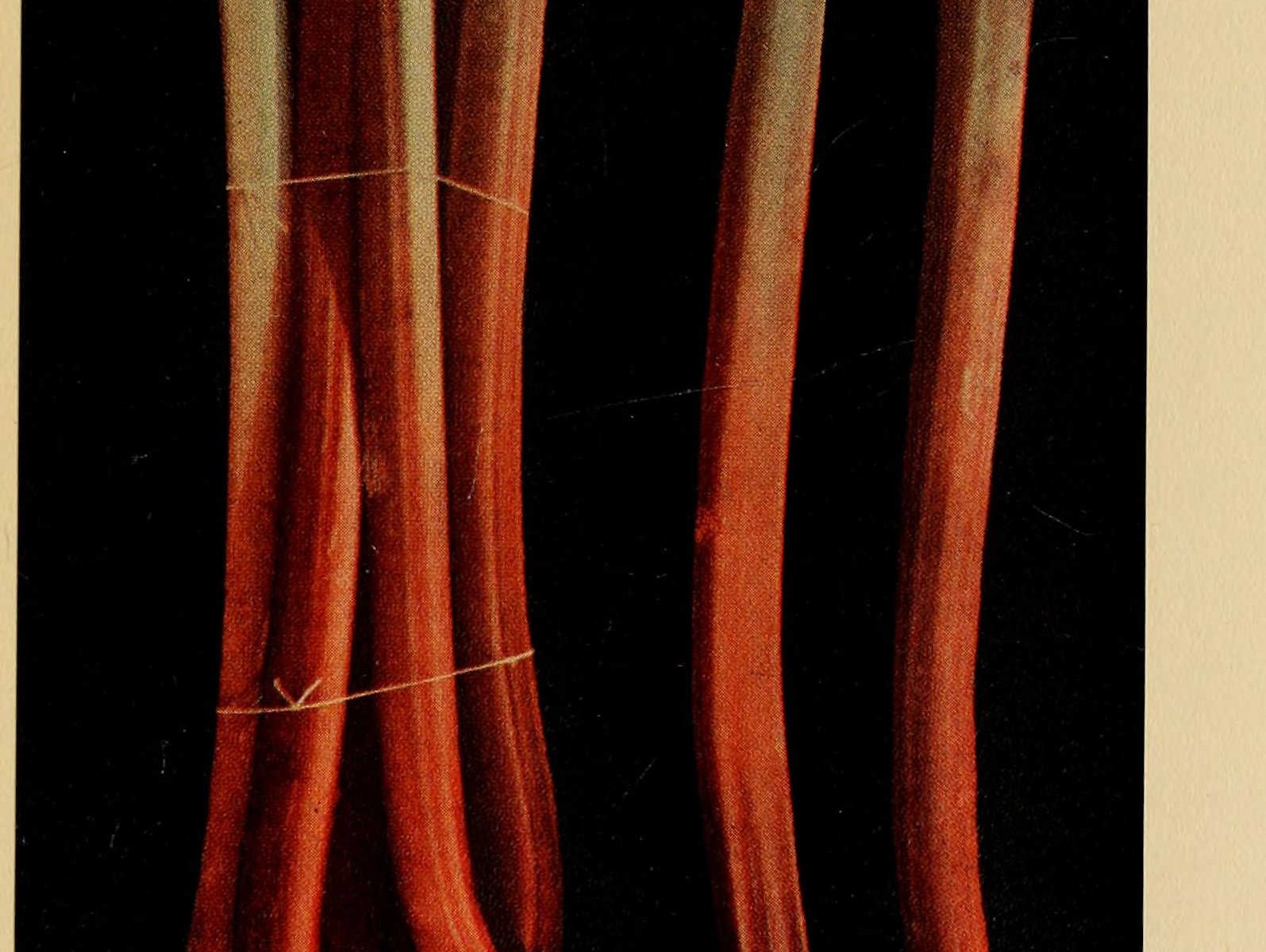Yes, we usually wait for our annual plant sale (which will be October 11th this year) to offer these, but our by-popular-demand rhubarb seedlings are growing like crazy and many are really ready to go into the ground. Check them out here. You can pick up plants at our regular meeting on August 9h here. Or by arrangement in Santa Monica. Please let us know which you prefer when you pay.
If you want to read about the beginning of our Rhubarb Project it is here . And a progress report from last year is here.
For sale we have Tina’s Noble of course (the one that does great for everyone), as well as Success from Queensland (the reddest and sweetest) , Ebony and the Best of the Best. These are all from French Harvest seeds developed by Colin and Tina Clayton on their farm outside of Melbourne, Australia (You can read Colin’s description of all his varieties here. ) Prices range from $10 for 5″ pots to $25 for 1 gallon Ebony (more expensive seed and harder to germinate)
Read the rest of the wonderful site for information on the history of rhubarb and his family’s involvement over four generations. And then come and buy some plants from us! These are all growing organically year-round in Santa Monica and West LA (though we tend to stop harvesting during the very hottest months), survive year after year (we have had some in the ground for 5 years now) and are absolutely delicious.

These are some seedlings I put in the ground only 6 months ago and are already huge, though I usually wait at least a year before beginning harvests to allow strong roots to develop and the stems to thicken.




 that my original plant has developed three different heads (probably not the correct term) and will need to be divided when I can figure out the appropriate time.
that my original plant has developed three different heads (probably not the correct term) and will need to be divided when I can figure out the appropriate time.

